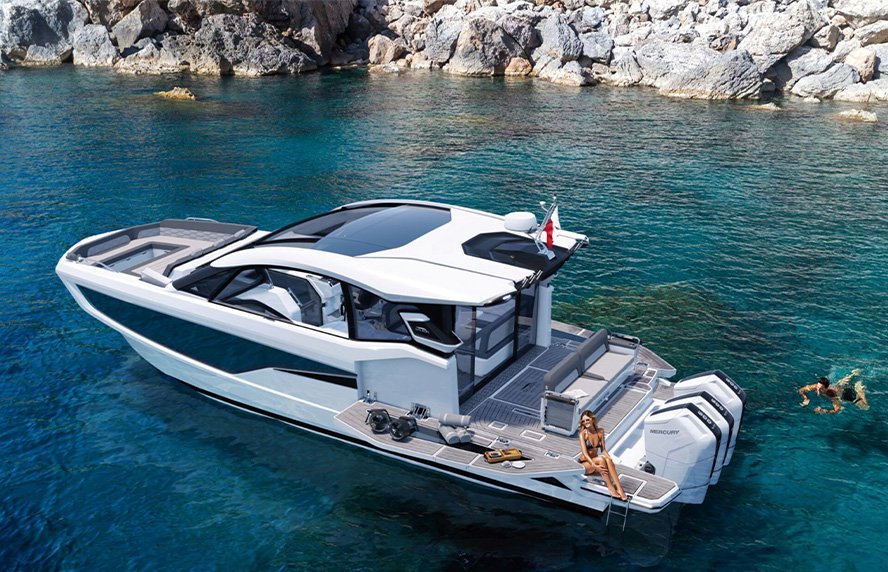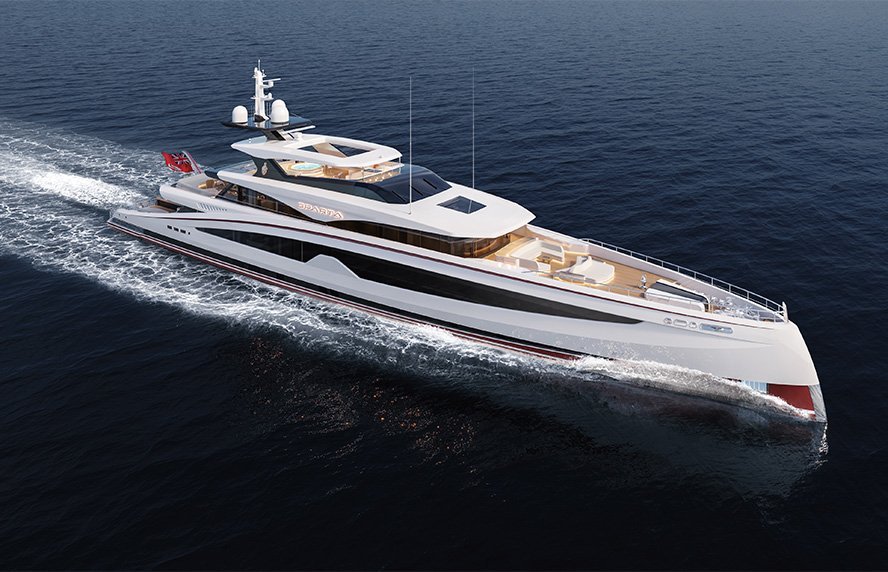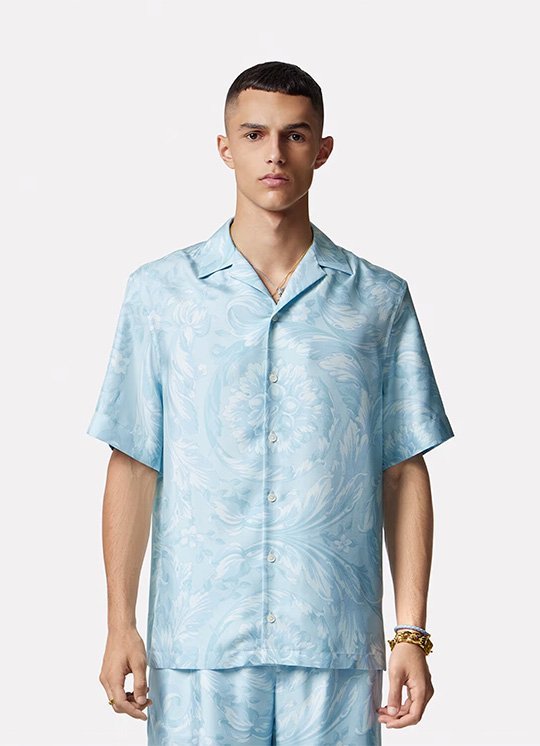You already have more than 3000 works spread around the world. And you have received almost 300 awards. Do you feel like it’s time to slow down or that there’s still a lot to do?
I have decided, post COVID, to do fewer projects. I have designed for many years and now I will shift my opus slightly. I will open an art gallery and coffee shop, start my own fashion line, and do more interiors. I would love to design more private homes, a hospital, museum, mosque, and small appliances, such as humidifiers, coffee machines, blenders, toasters, irons, etc. It would be a dream to design sets for contemporary theatre and dance, ships. I would also like to design an electric car, a really good digital wireless music system, a moped, a bicycle, and many more hotels (one in each city I travel to). Staying home during the pandemic is for many a moment to slow down and reconsider one’s existence, and to reflect and reconsider one’s meaning and contribution to the world. Ideally, this epidemic is a wake-up call from Mother Nature for us to think about consuming less, to slow down and enjoy and appreciate our existence, to clean up the world and our bodies.
If you had to choose the one thing that was the biggest professional challenge of your life, which would you choose?
My most challenging project was probably my design for Naples Metro. It is my longest project to date! I started in 2004 and it wasn’t completed until 2011. But I am very proud of the finished product. They selected various famous architects to design each station. The stations in Naples are referred to as ‘Art Stations’. Gae Aulenti’s station has work by Michelangelo Pistoletto and Joseph Kosuth. Some stations have art from Sol Lewitt to Sandro Chia. Alessandro Mendini likes my sensibility, which was really flattering considering I aspired to his vision when I was in university and always saw him as a mentor. Since the stations were under the auspices of art, rather than design a station that is somewhat conservative and ‘accent’ it with art, I just did the whole station as my digital art. So, I sunk the art budget into the interior walls and spaces instead of selecting art. I will always love the impact and challenge that was the Naples Metro. It is the epitome of democratic design.












